Learning About Osteoarthritis
What is Osteoarthritis?
Osteoarthritis is a slow progressing condition that affects the joints throughout the body and is one of the most common chronic conditions that we typically see in the clinic! Normal healthy joints have a layer of cartilage on the end of each bone that assist the joint with moving smoothly and properly absorbing shock. In an osteoarthritic joint, this cartilage gradually breaks down over time and starts to cause symptoms like pain, stiffness, swelling, cracking sounds, and difficulty weightbearing. In more serious cases, osteophytes (or “bone spurs”) can develop within the joint and further progress the issue. Although it is possible for any joint in your body to developed arthritis, joints in the knee, hip, spine, and fingers are more commonly affected.
Who is at risk for developing osteoarthritis?
The true answer is that everyone has the potential to develop osteoarthritis at some point. However, there are certain risk factors that increase the likelihood of developing arthritis. These can include (but are not limited to):
Age: Since osteoarthritis is a very slow progressing problem, it is much more prevalent in older adults. The average age of symptom onset is typically around 45-50 years old.
Previous joint injuries: A history of joint related injuries can contribute to the onset of osteoarthritis
Weight: Extra weight causes excess stress to be placed on your joints (particularly hips, knees, and ankles)
Genetics: A family history of osteoarthritis can increase your chances of developing osteoarthritis
General health: Living a generally healthy lifestyle can decrease the likelihood of osteoarthritis!
Myths about Osteoarthritis
I need to avoid using and moving my osteoarthritic joint as much as possible. This could not be further from the truth. In fact, movement and exercise has been proven countless times to be the absolute best way to reduce pain and symptoms if done correctly.
I need surgery if I have arthritis. Most people can manage and thrive without requiring surgery, provided the right measures and rehabilitation are taken. Surgery, such as knee or hip replacements, are only necessary in very severe cases.
Running will eventually cause arthritis. It is true that repetitive motions and stresses have the potential to cause arthritis, but running and training the correct way (see our previous blog post if you’re curious how to do so properly!) does not put you at an increased risk.
Cracking your knuckles causes arthritis. This somehow became a mainstream perception for many of us growing up and has now been definitively proven to be false. The sound created from cracking your knuckles is simply a gas bubble being release from your joint and has no harmful effects!
So what can you do to help?
Although osteoarthritis is not necessarily a condition that can be “cured”, it can absolutely be managed and improved with the right rehab and care!
Strengthening Exercises: Strengthening the musculature around the joint of concern can help regain strength that is likely impacted by osteoarthritis, which will help reduce the amount of stress being put through your joint. This will also help your return to normal activities, exercise, and sport. In addition, these types of exercises can actually help reduce your pain!
Stretching/Range of Motion Exercises: Osteoarthritis is usually associated with a loss of range of motion in your joint and tightness in surrounding muscles. Therefore, it is very important to keep your joint moving throughout its range of motion and stretching those tight muscles as much as possible.
Activity Modification: You may have to find ways to alter your activity and exercise in ways that keep you moving without causing excessive pain. Since weightbearing activities such as walking and running are usually more aggravating, try substituting them with things like biking and swimming to reduce the impact on your joints!
Medications: There are a variety of medications available to help reduce pain and swelling. However you should always discuss these medications with your doctor or pharmacist first, and make sure that they are only used as necessary.
If you have been diagnosed with osteoarthritis or are concerned that you may be developing some osteoarthritic symptoms and don’t know what to about it, make sure to visit a physiotherapist and they can help lead you down the rehabilitative path! It is always best to get started with your rehab as early as possible to ensure maximum benefits and results.
Written by Matthew Mohler MScPT




